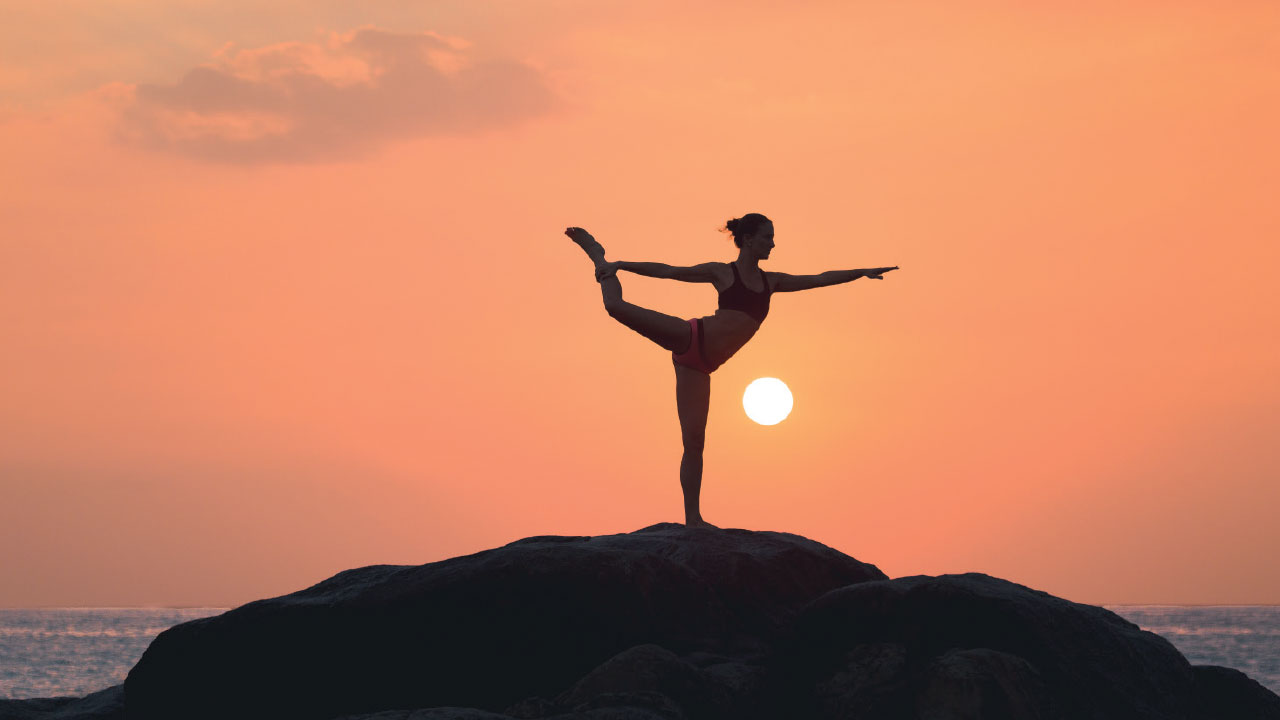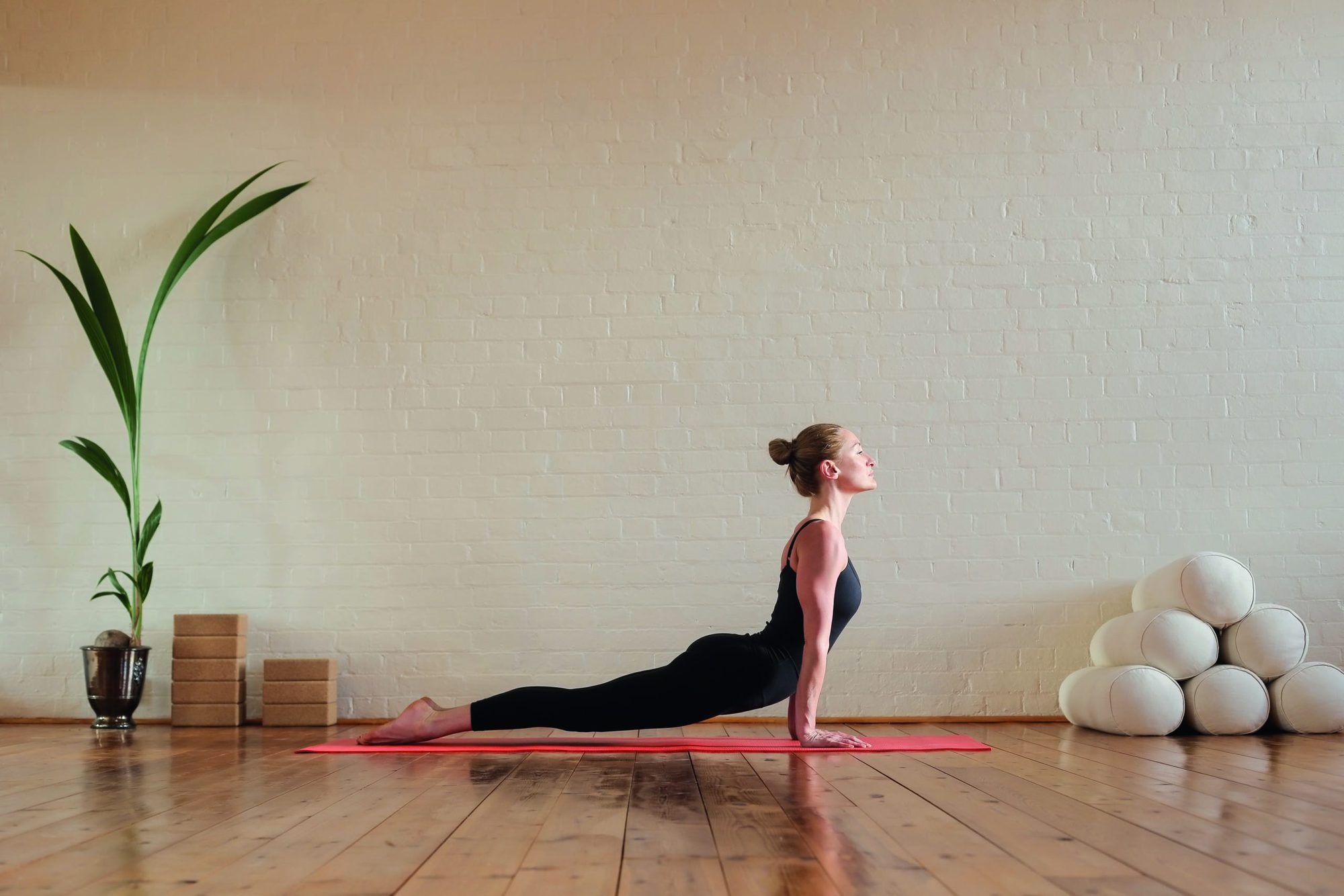
Where old meets new
Balancing traditional lineage-based yoga approaches with the demands of the modern world. By Zahir Akram
The 200hr TT programme at Akram Yoga honours the lineage of yoga. From the very first yogi, Shiva and his wife Parvati, to contemporary teachers like BKS Iyengar. And yet, although we honour the masters of yesteryear, our training is not dictated by ‘yoga tradition’.
In modern times, when more and more vulnerable people are taking up yoga, we feel we have a responsibility to ensure the yoga we teach is available for everyone and accessible to all body types. For this reason, our TT course considers science and understanding of the human body as well as yoga lineage.
Certain elements of the Yoga Sutras and The Vigyan Bhairava Tantra are touched upon, and we do have interesting discussions to see how relevant they may be in modern times. But the physical yoga module of our TT is not an Iyengar or Ashtanga or any other lineage-based programme. We take the classic yoga poses as taught by BKS Iyengar and we try to add our modern understanding of human movement to these poses.
We aim through diligent discussion and dissection to learn how to make each pose accessible to all body types. Which ironically invokes what the grandfather of modern-day yoga, Krishnamacharya, once said. We try to make the poses fit the body rather than try to make the body fit into a pose. We don’t teach poses and ask that a certain foot position look a certain way or point at a
specific angle, as per some lineage-based yoga programmes; we look to see what foot position best accommodates that body on that day.
The human body is dynamic and constantly evolving, so we attempt to understand the fascinating architecture of the body by studying biomechanics and anatomical variations. At the same time, this is not an anatomy course. We learn the fundamentals of anatomy to understand the body, which in turn helps us better understand our students.

The gradual evolution of our TT to a more science-based programme mirrors our growth as yoga teachers and as human beings. When one first qualifies as a teacher there is safety in teaching what your teacher has taught you, or what is consistent with your training lineage. But time, experience, personal growth, and reflection help you realise that you cannot fit square pegs into round holes as the saying goes.
A typical yoga class isn’t one where all your students are super confident and bendy. A modern-day class is full of people from all walks of life and with a catalogue of injuries and illnesses. They all come to classes, and they are all welcome simply because we don’t try and mould anyone into a perfect yoga practitioner. We constantly remind students to do the best they can with the body they have on that day. This is what someone interested in becoming a yoga teacher needs to understand: yoga classes should be accessible to every body type with any injury or illness. These people are often the ones who need yoga the most.
More and more vulnerable people take up yoga each day. As a studio owner for nearly 10 years, I can tell you that more people come to our studio who are batting with something physical or emotional than those who are not. Very few, if anyone, is ready to do each pose perfectly. So, you must ask yourself: is the training you are about to embark on helping you keep these potentially vulnerable students safe?
Also, what is a yoga teacher today in 2022? Is a yoga teacher an actual teacher? Someone who inspires people to see the best in themselves? Or is today’s modern day yoga teacher just a choreographer? A pre-rehearsed script reader who copies the dialogue of their own teacher who, in turn, teaches and talks as their teacher did, all in the name of tradition or lineage.
The great Swami Vivekananda (who we do reference in our TT courses) once said that man covers his eyes with his own hands and then cries that it is dark. He talked constantly of self-belief and as yoga being a process to realise and embrace our authentic nature and self. This authenticity is not found in falling to our knees in the name of yoga lineage. It is found through being unashamedly ourselves.
With all our quirks, insecurities, and eccentricities. We encourage and empower yoga teacher trainees to be as they are and teach in a way that empowers them as well as the student.
By Zahir Akram, owner of Akram Yoga Studio akramyoga.co.uk




